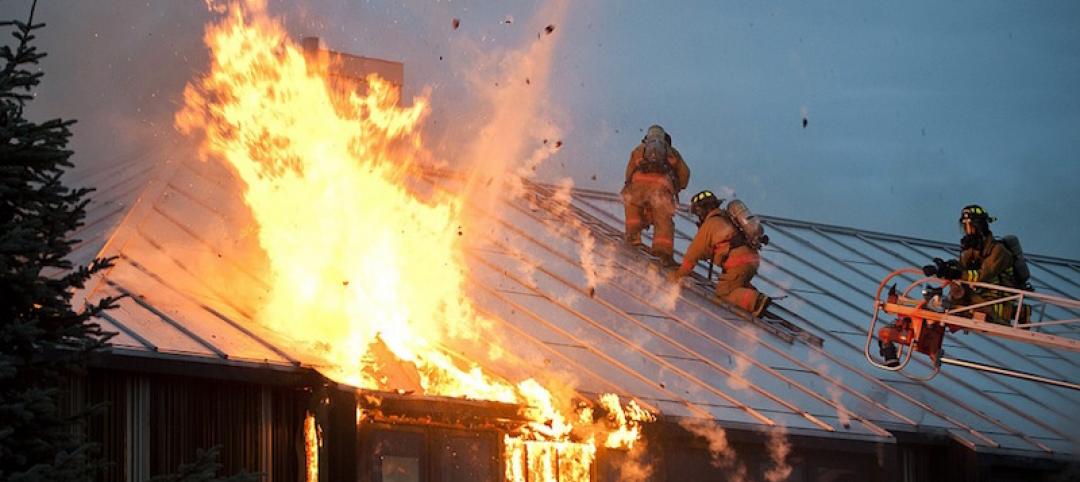The Pacific Ocean has risen 4 to 8 inches along the Northern California coast over the last century, and is expected to continue to rise two to three feet more by the end of the century.
Bay Area communities are struggling for a strategy to cope. The California Coastal Commission has encouraged city governments to plan for the future by fortifying flood defenses, restoring wetlands, or making people move.
The latter prospect, in particular, is politically charged with valuable coastal properties comprising major investments for residents. The last resort of relocation has been chosen in Pacifica, where coastal bluffs have eroded so quickly that city officials have already demolished some properties before they fell into the water.
Fortification projects are moving forward. San Francisco voters approved a $425 million bond to start bolster a sea wall along the Embarcadero, the road along the bay. Builders of a new real estate development in a former industrial area called Mission Creek are raising old roads and warehouses by as much as 10 feet.
Communities face an overriding question: How much do you armor the coast, what areas do you save, and who will have to move?
Related Stories
Codes and Standards | Jul 26, 2017
New ISO standard on video fire detectors will help identify fires more quickly
The standard marks the first comprehensive international specification for this equipment.
Codes and Standards | Jul 25, 2017
Geotechnical solutions prevent building distress due to expansive clay soils
The condition is the most common geologic hazard in the U.S.
Codes and Standards | Jul 24, 2017
Non-union labor gaining ground in New York City
President of contractors’ group says competitive pricing is spurring more open shops.
Codes and Standards | Jul 20, 2017
New tallest tower west of the Mississippi built to stringent seismic standards
L.A.’s new 1,100-foot skyscraper dominates city’s skyline.
Codes and Standards | Jul 20, 2017
Chicago rises to the top of U.S. cities in percentage of LEED or Energy Star office buildings
Certified office buildings reach 66% in windy city.
Codes and Standards | Jul 19, 2017
Economic impacts of climate change will jump over next two decades
Average annual cost to buildings and infrastructure from eastern storms to rise by $7.3 billion.
Codes and Standards | Jul 18, 2017
Energy modeling yields accuracy within 4%, says new study
Results of the study support the usefulness of the practice.
Codes and Standards | Jul 13, 2017
Net Zero Energy rebranded as ‘Zero Energy’
ILF aims to make new certification the sole standard for highest performing buildings.
Codes and Standards | Jul 13, 2017
New York City creates $10 million fund to help women- and minority-owned firms win construction contracts
The money is earmarked for up to $500,000 surety bonds per contract.
Codes and Standards | Jul 12, 2017
New International Building Code allows weather-resistive barriers above 40 feet
Danger of propagating flames now deemed negligible.
















